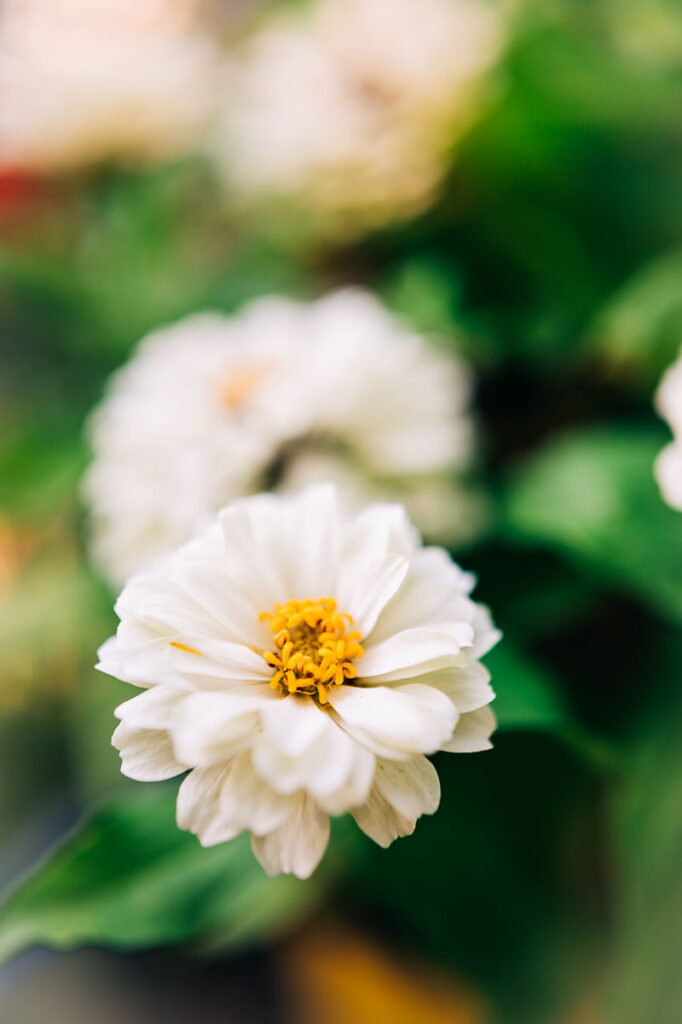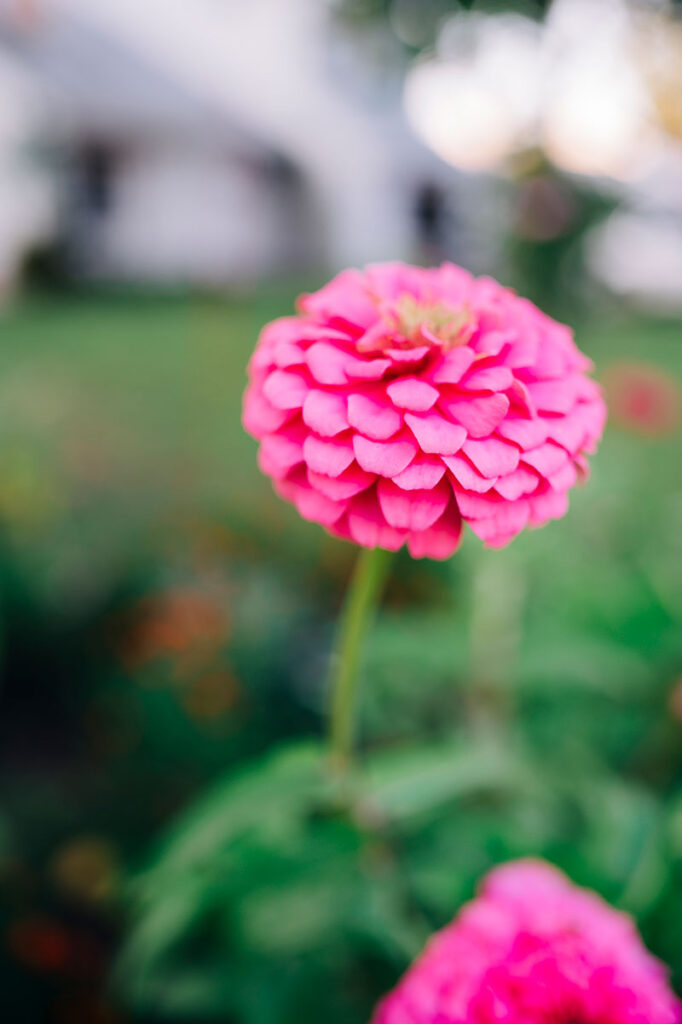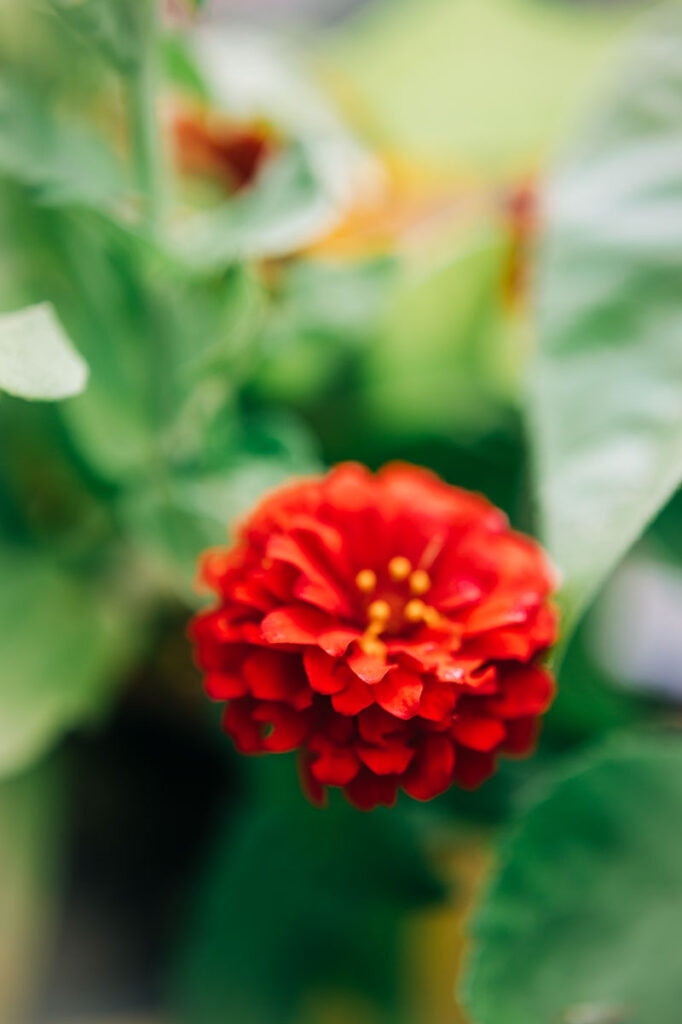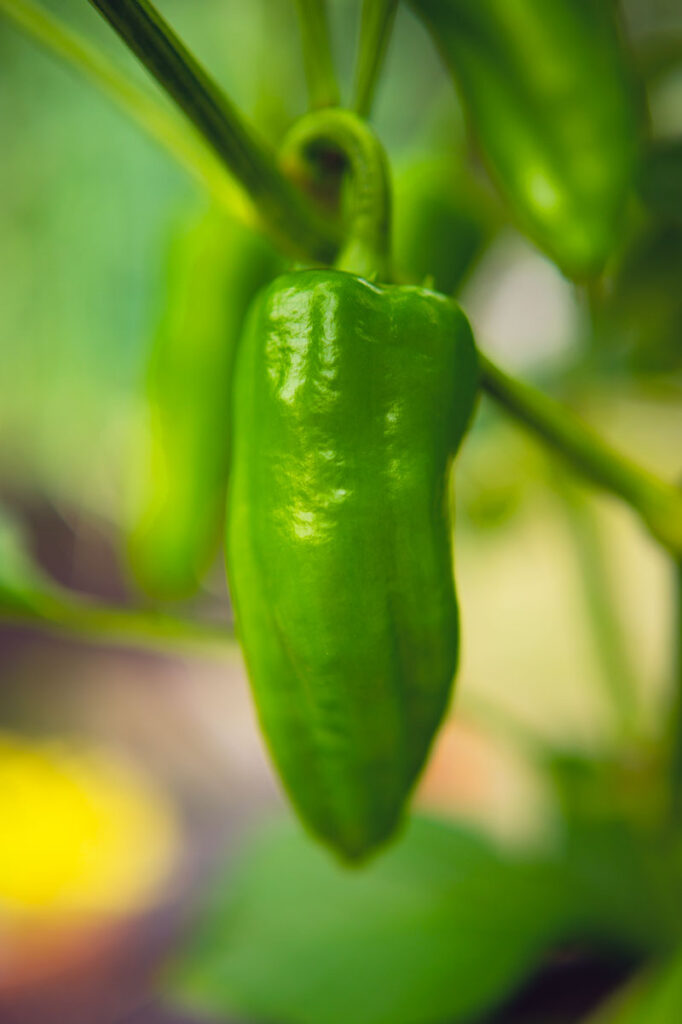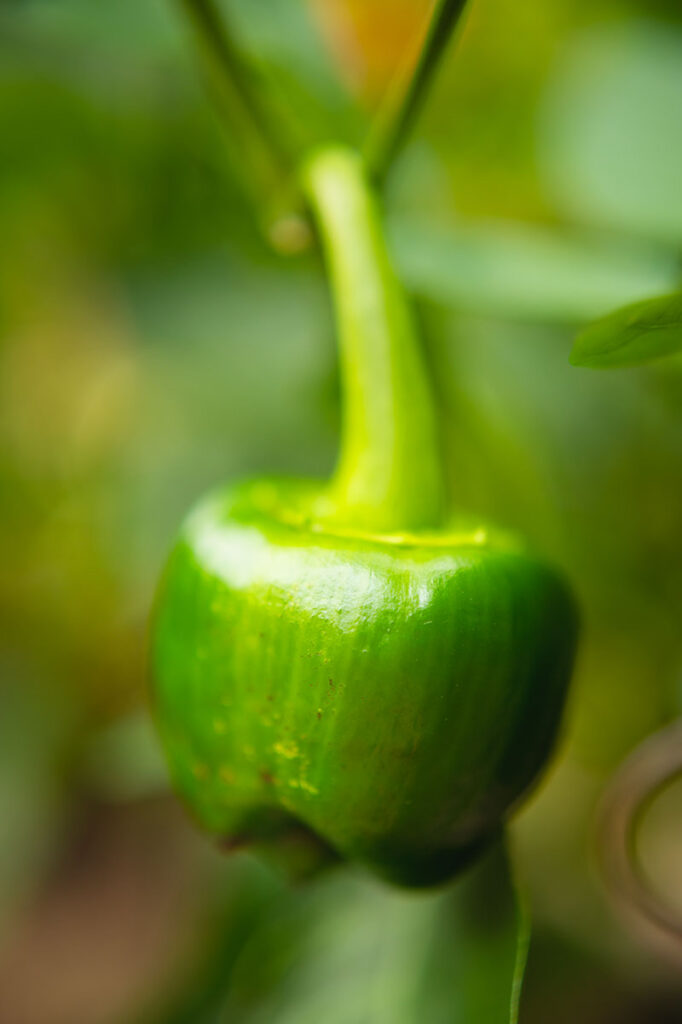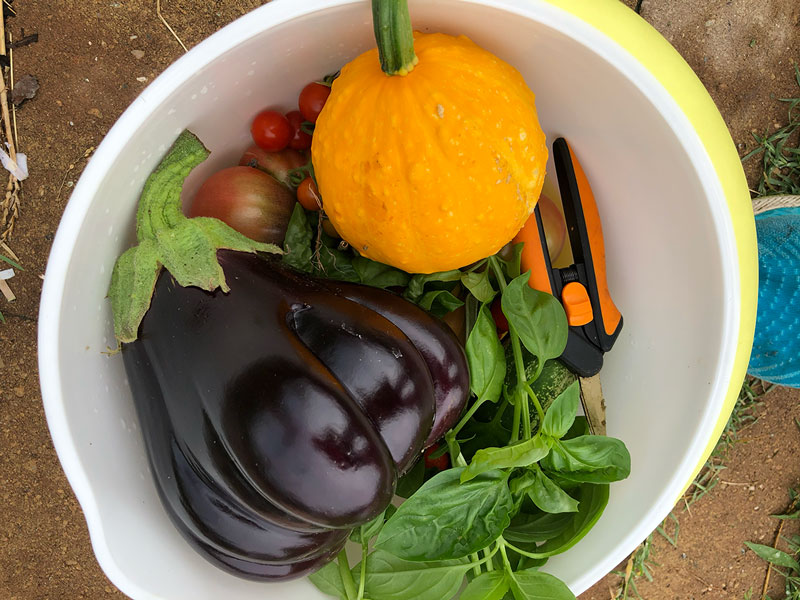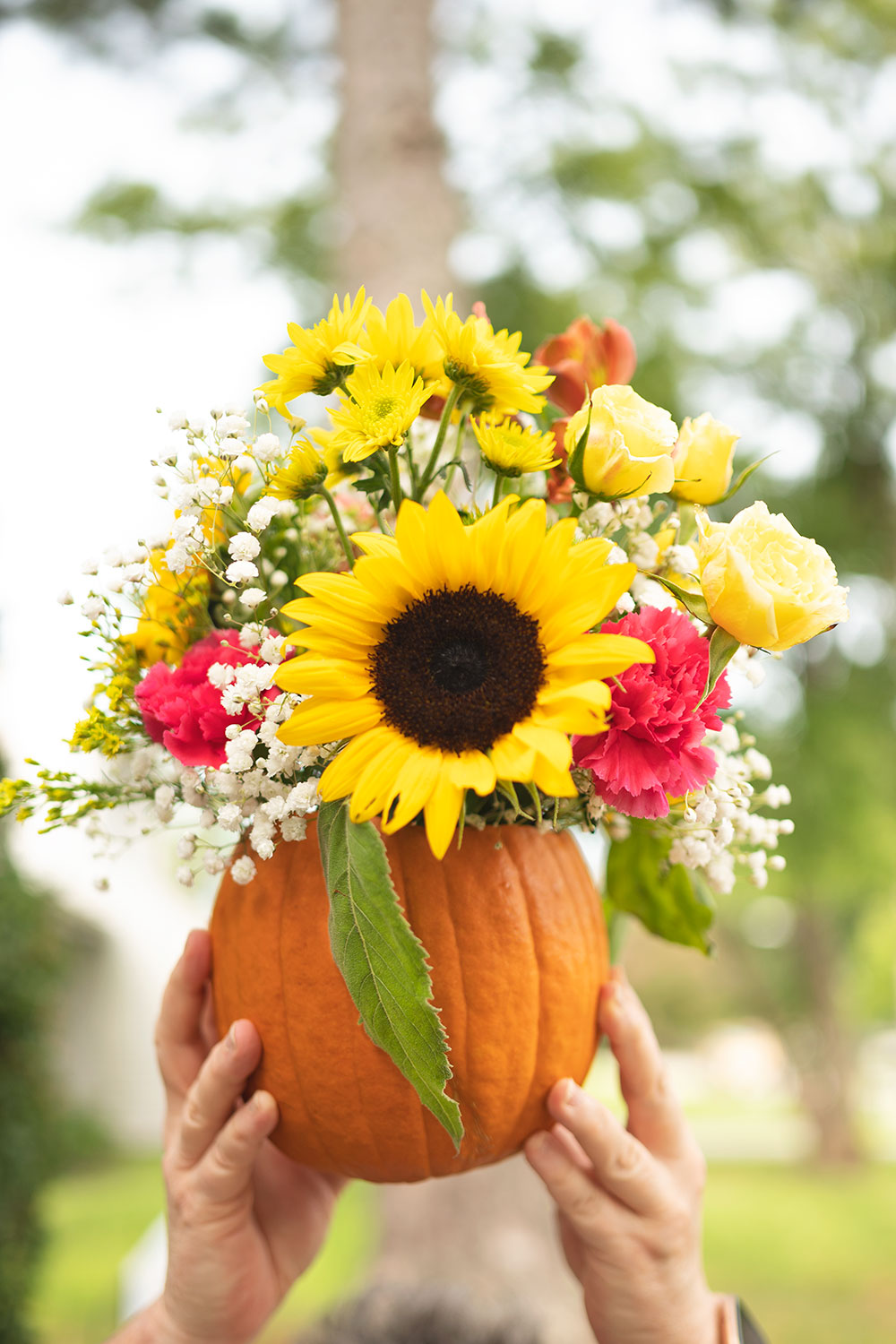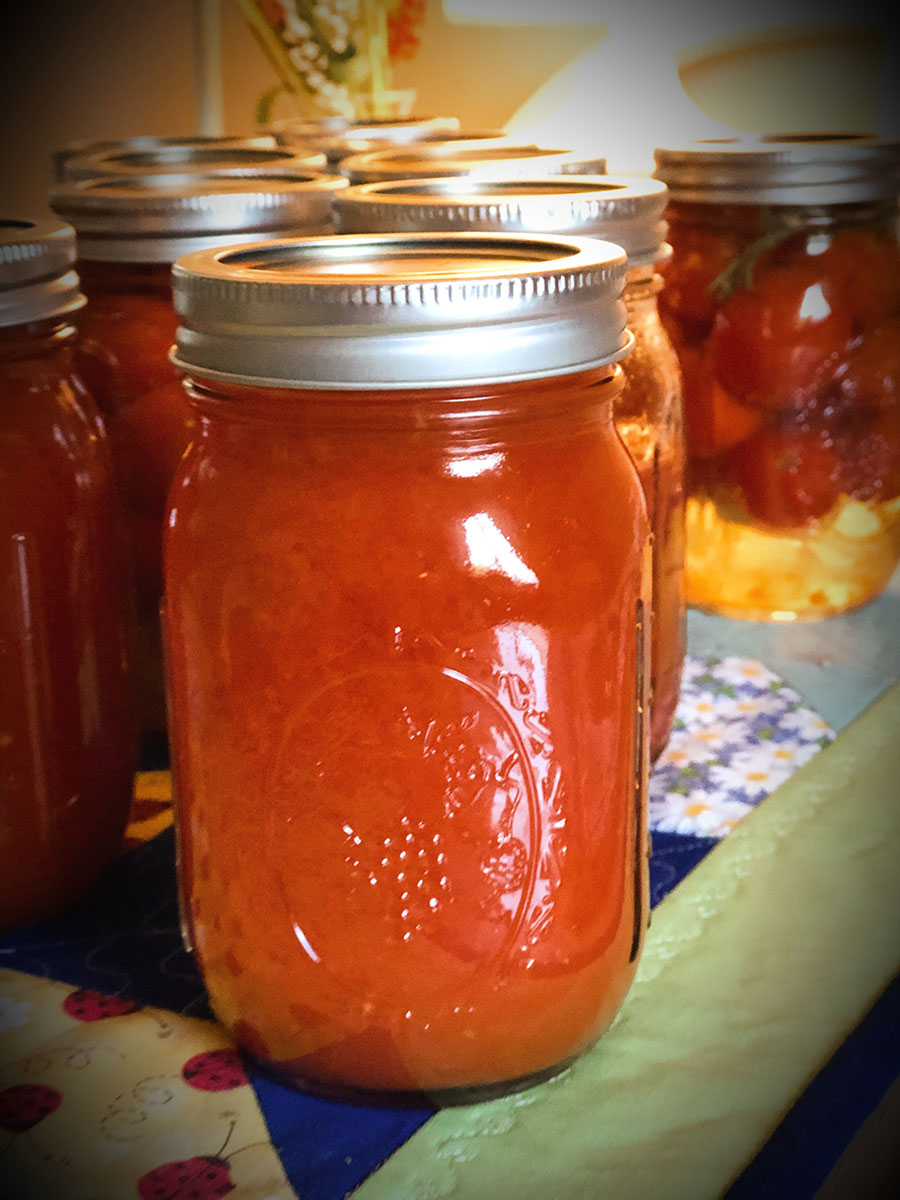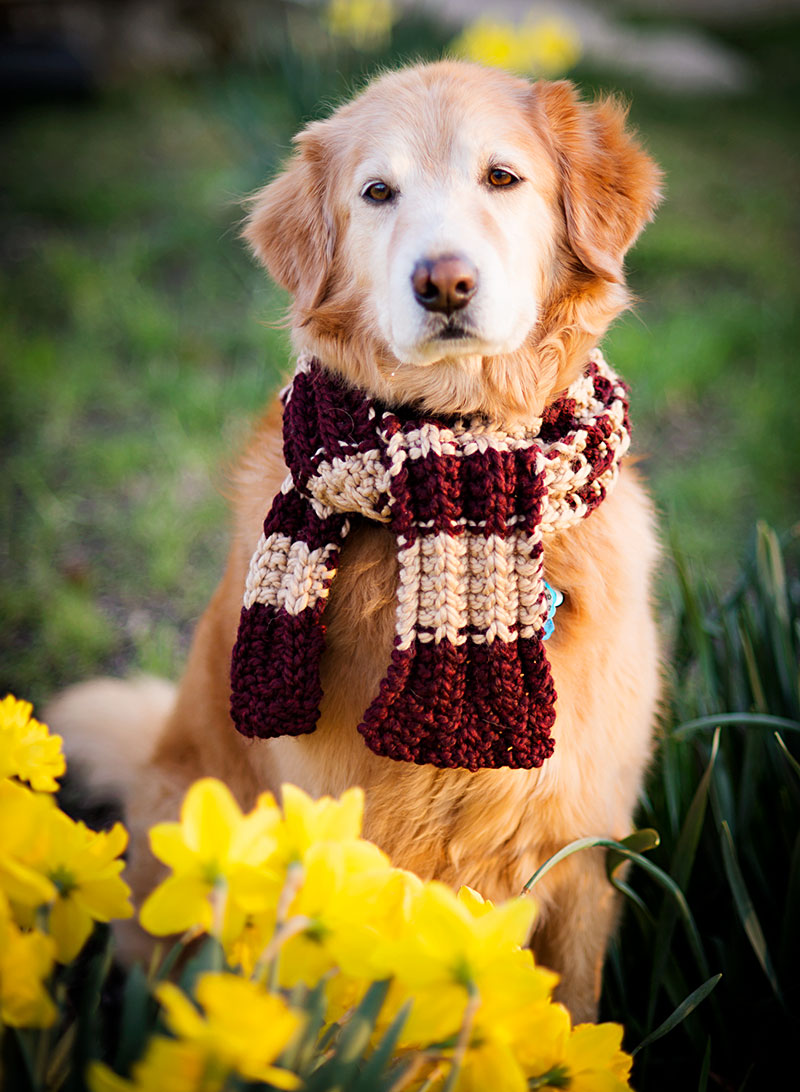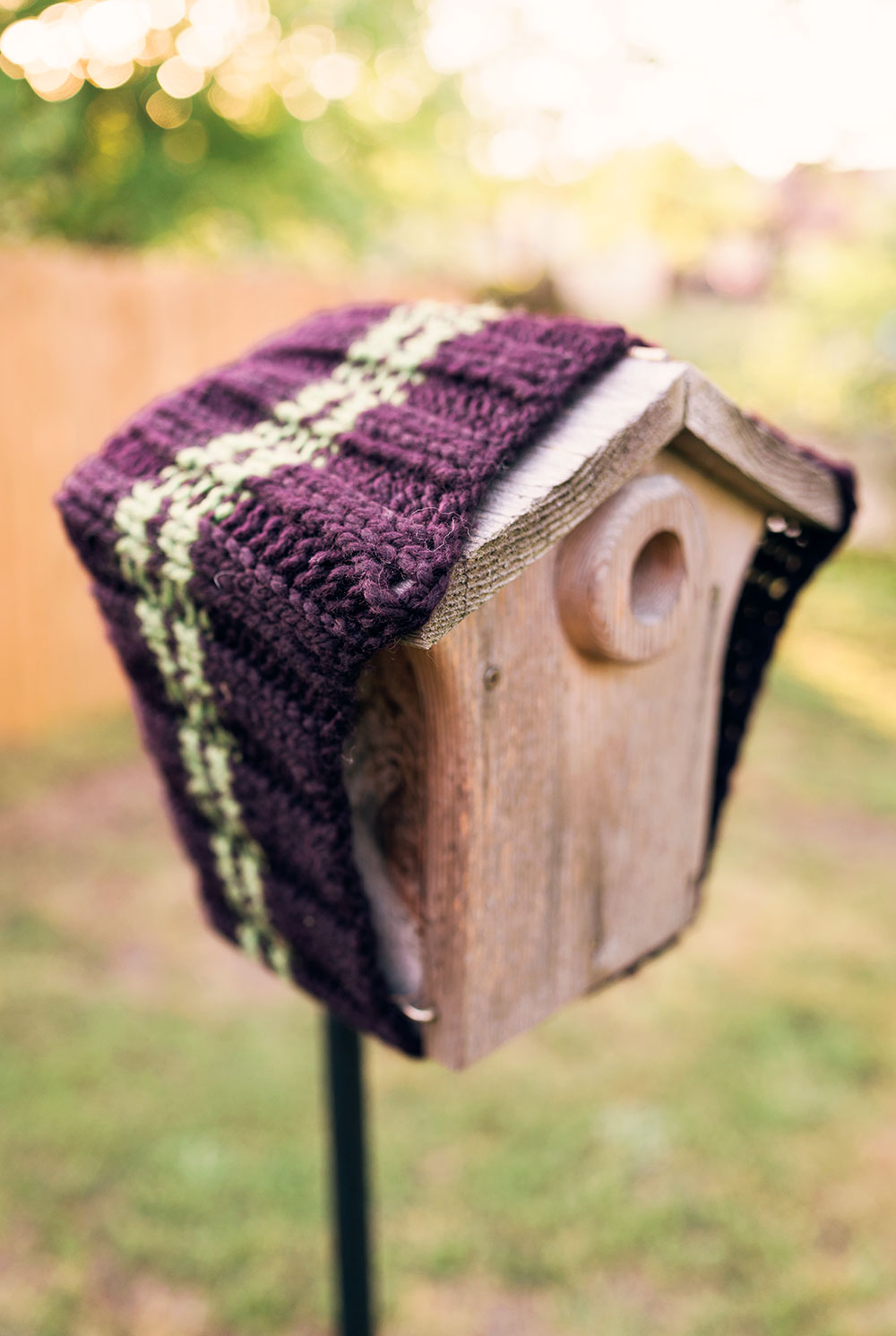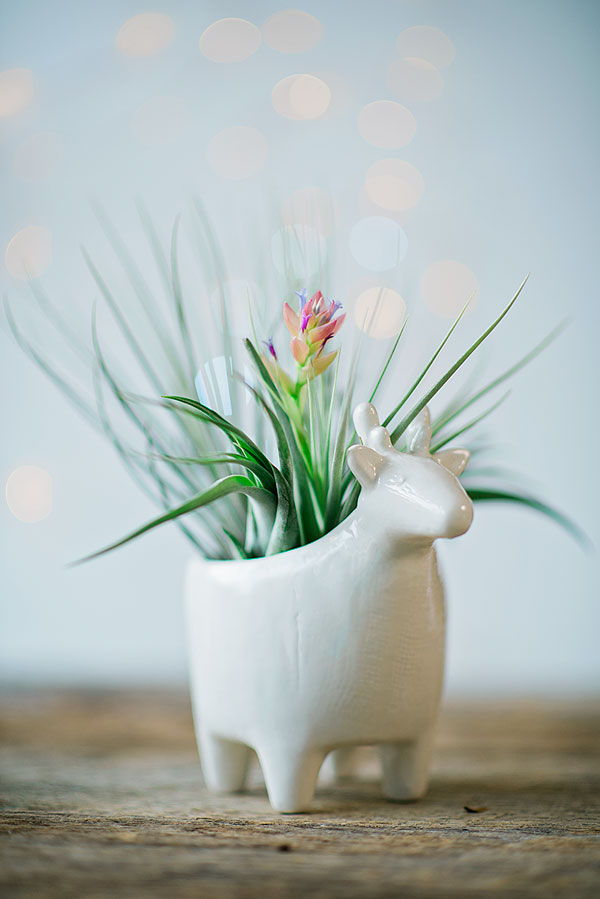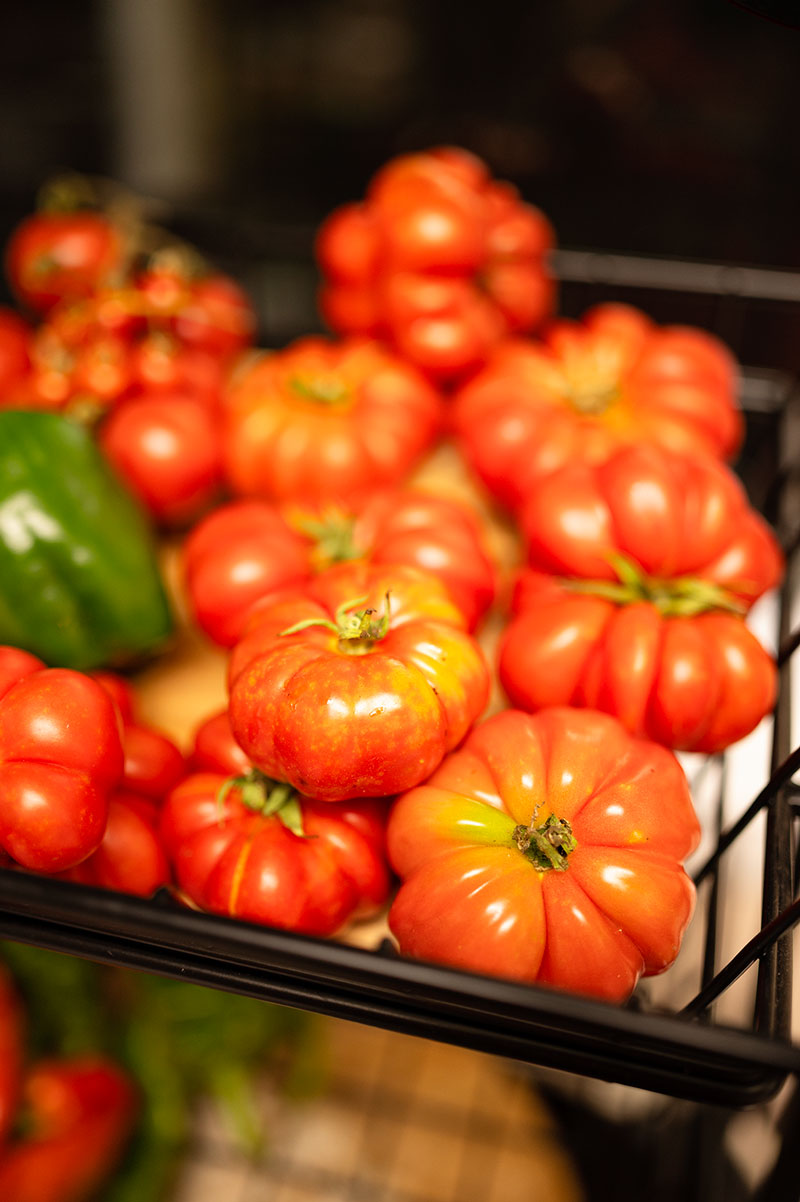Summer Vegetable Garden
Disclosure: This post may contain affiliate links. As an Amazon Associate, I earn from qualifying purchases. 😊
For many of us, summer means growing plenty of fresh produce. This year, I took my growing to the next level and challenged myself to try several new things. Allow me to share my favorite summer vegetable garden plants!
First things first. A LOT of these things we call veggies in our summer vegetable garden are in reality fruit. Fruits contain seeds, while vegetables are generally roots, stems and leaves. This means cucumbers, pumpkins, tomatoes, and even peppers are actually fruit…even though we call them vegetables. I’m not sure why that happened. Maybe because we associate fruit with a lot of sweetness, and who thinks of a zucchini as being sweet?
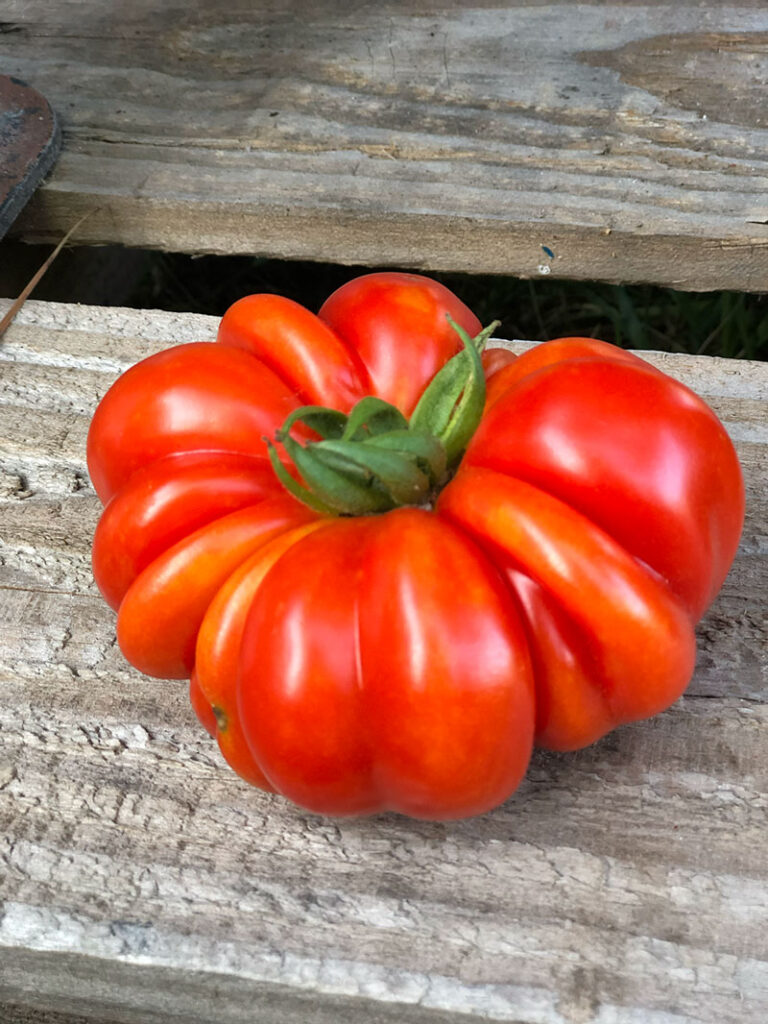
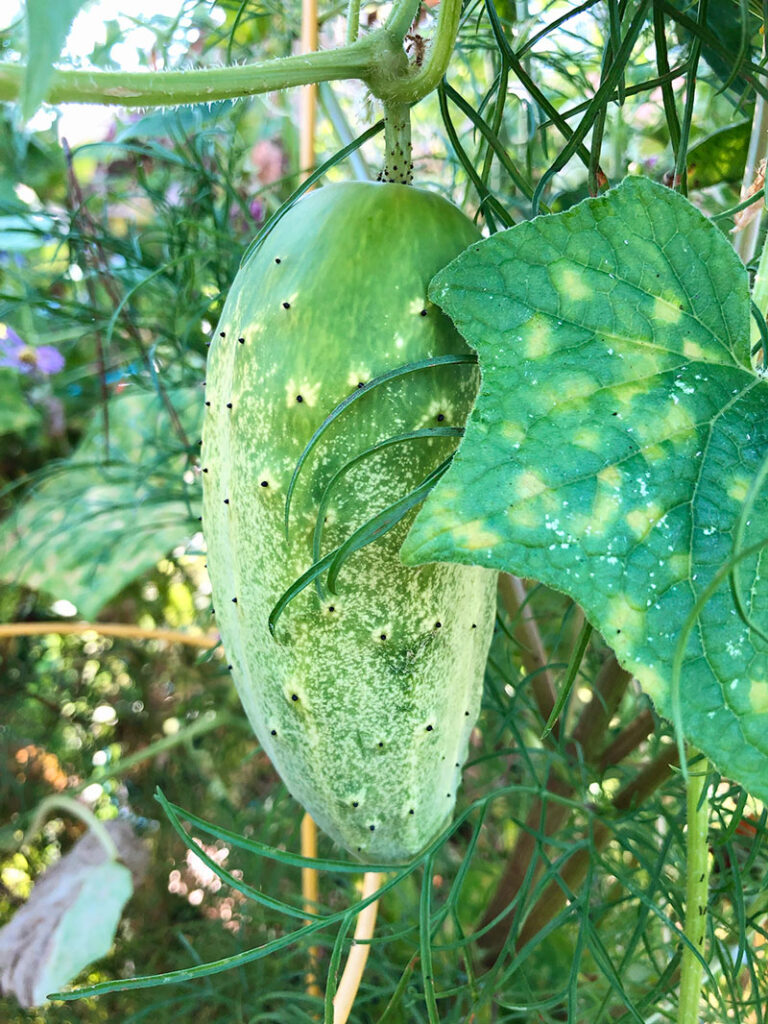
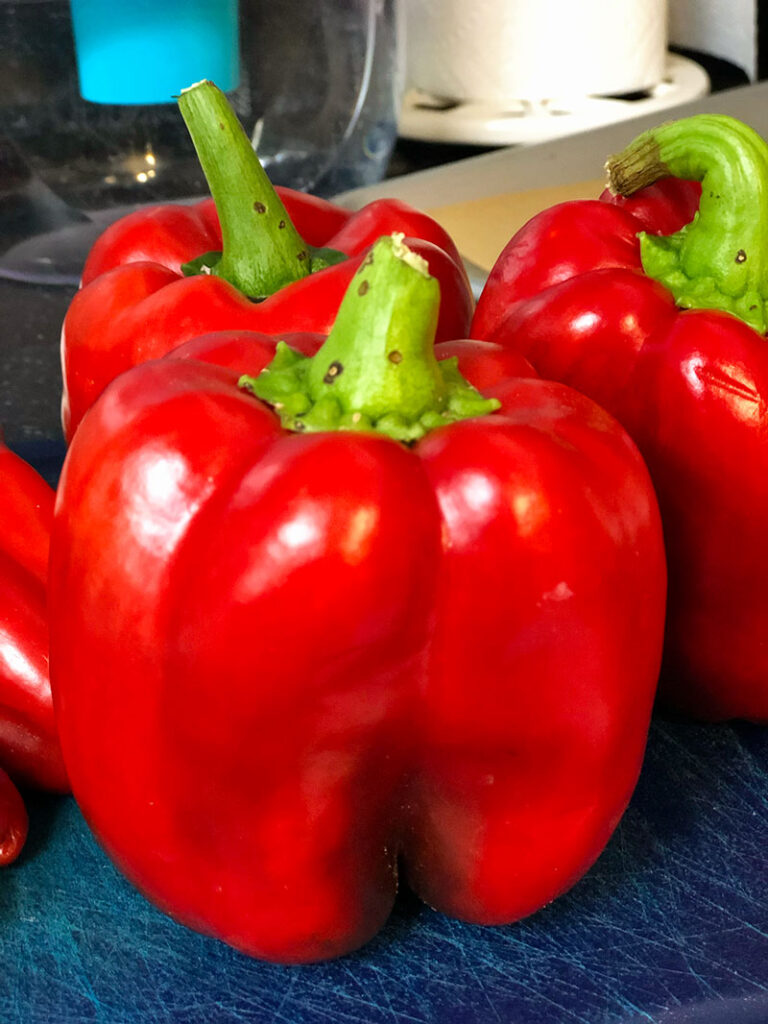
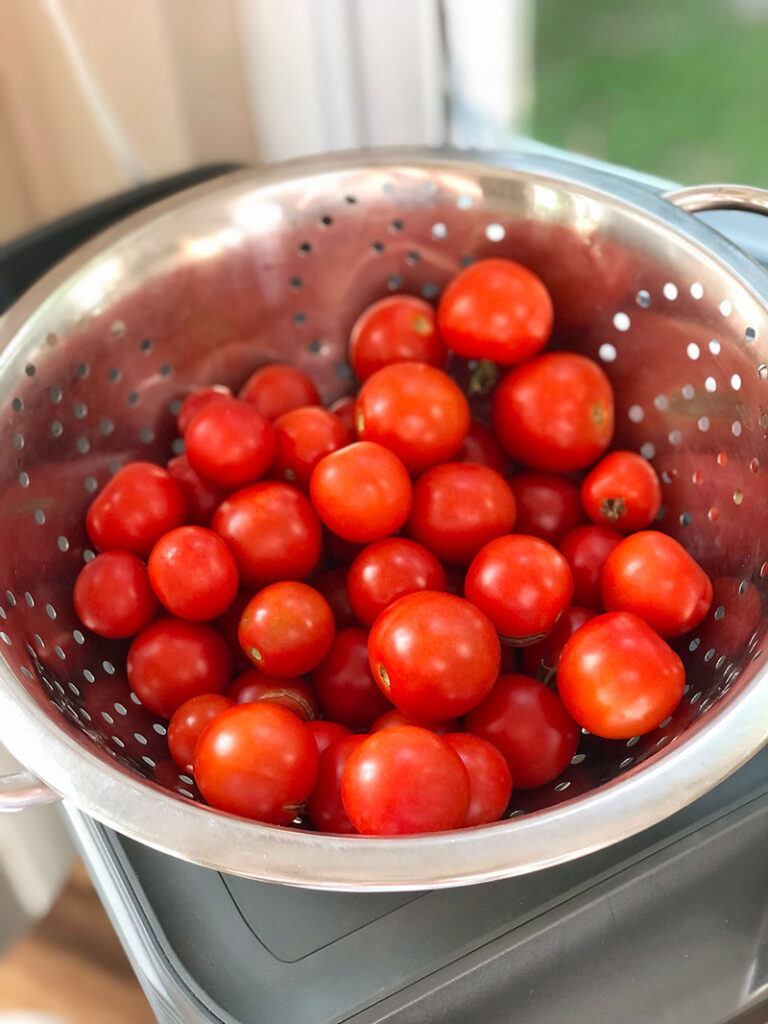
There are essentially two kinds of plants and seeds out there.
- Heirloom: Plants not crossbred or hybridized for at least 40 years. They are open-pollinated, which means the seeds will produce plants identical to the parent plant. This means you can save your seeds and grow the same plant next year. Heirlooms need a bit more care than standard hybrids which are bred primarily for growing performance rather than flavor. In general, heirlooms have thinner skin, juicier flesh, and better flavor than hybrid varieties.
- Hybrid: Bred for traits like disease resistance, skin thickness, consistent maturity, delayed ripening, etc. These are traits important for growing large scale and transporting long distances for processing and distribution. Taste and nutritional value are secondary traits in this scenario.
Your seed packet will tell you whether the seeds are heirloom or whether they are hybrid. I generally have a mixture of the two, but my preference is for heirloom varieties since I can seed save and grow from those seeds the following year. They are a little more finicky and definitely more prone to disease, but the extra effort is completely worth it.
Here are some of my summer Vegetable Plants (that are actually fruit and herbs)
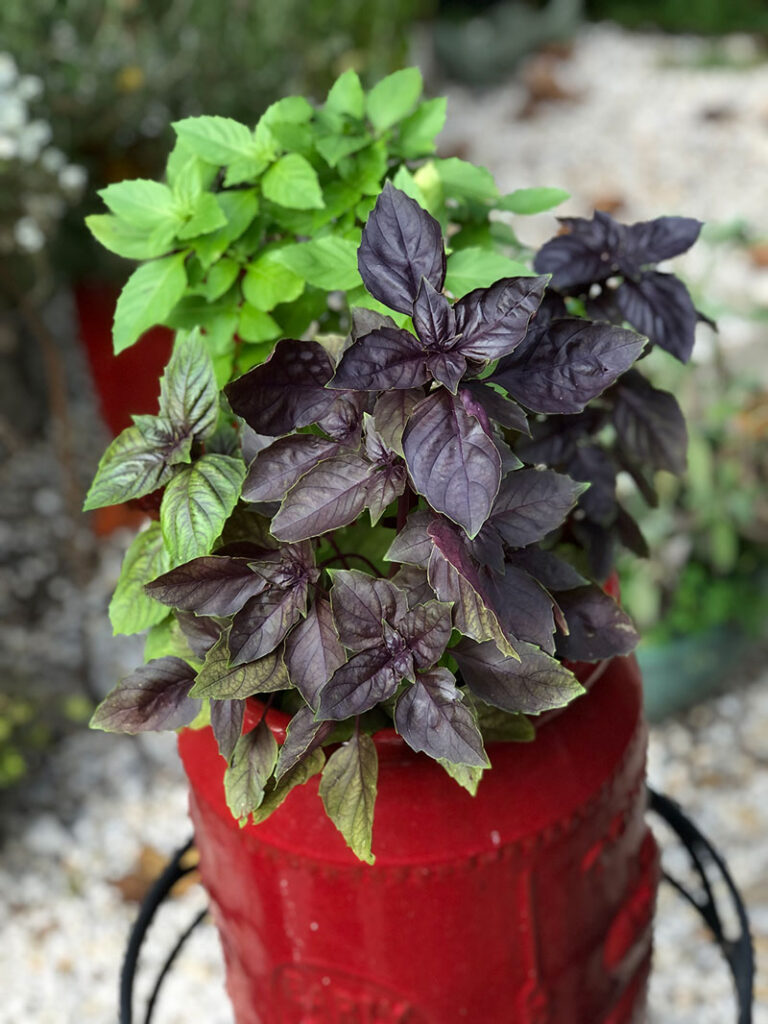
Purple Basil
If you’re new to gardening and growing from seed, basil is a great place to start. It pairs perfectly with tomatoes, and it smells divine. Even if you never use it in a recipe, the scent alone makes it worth growing.
I love this Opal variety of basil that I purchased from Survival Garden seeds. (affiliate link) I regrew it this year from seeds I saved from last summer. It’s a different look in the garden and has the same wonderful fragrance and taste we associate with green basil.
🥬
Genovese Basil
I still love a gorgeous green basil we all picture as soon as we think of that beloved herb. Genovese Basil does not disappoint! (affiliate link) It’s beautiful to the eye and delicious in fresh summer fare. I take cuttings and grow it through winter! Though nothing compares to the smell and taste of fresh herbs in summer.
🥬
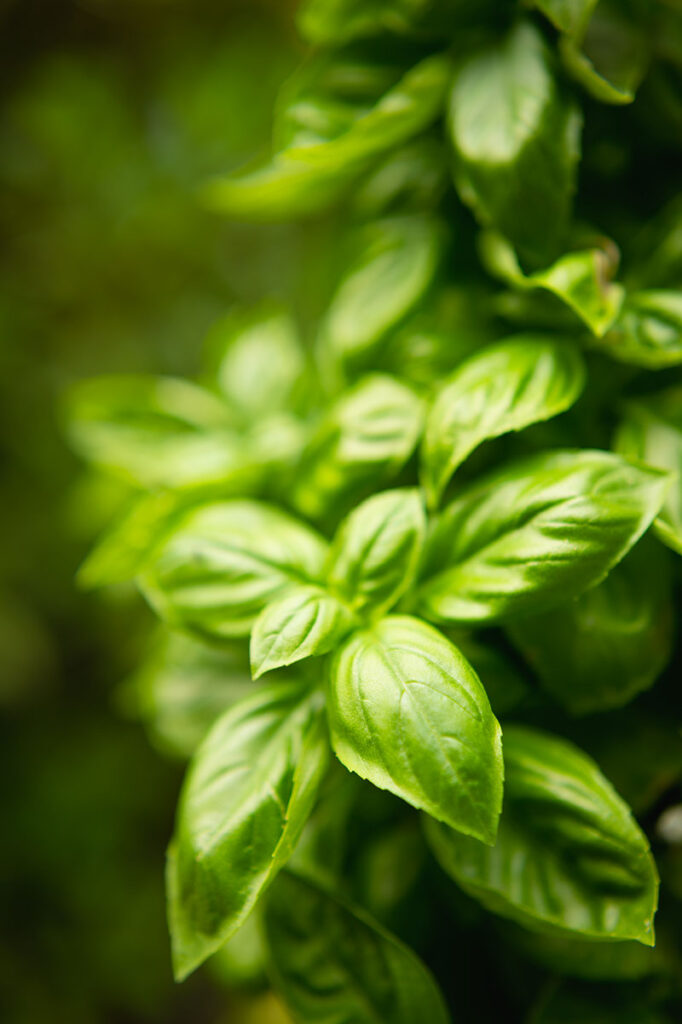
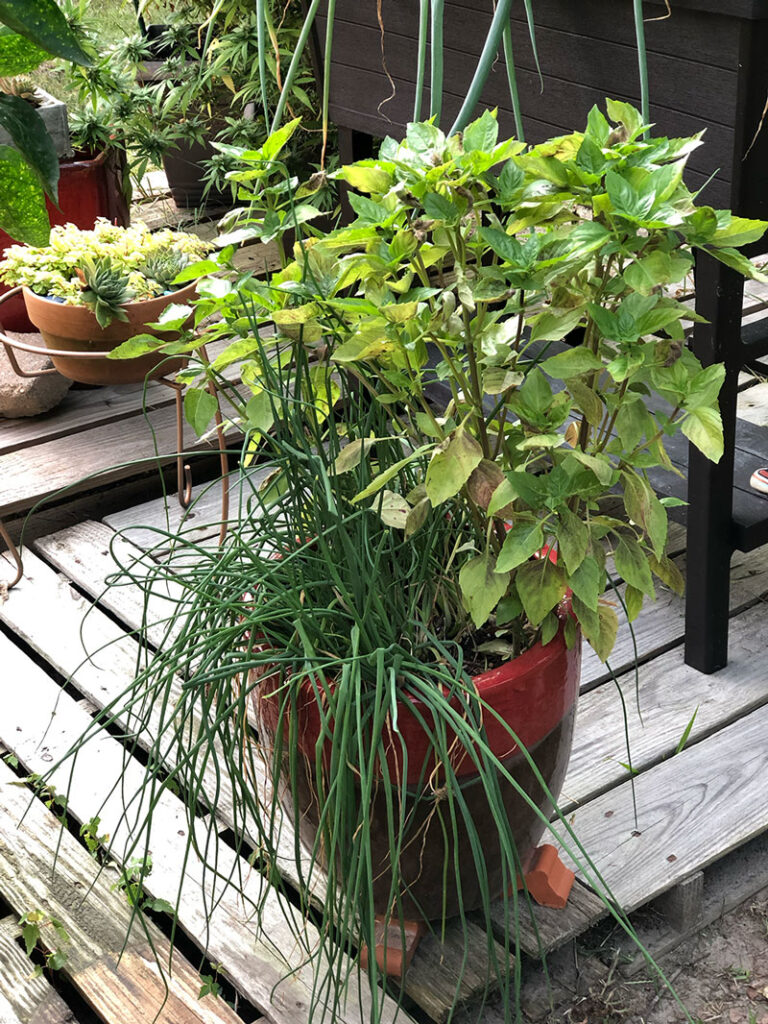
Chives
Chives are in the onion family and a great way to jazz up everything from potatoes to eggs. I had room in this container and threw some basil seeds in with my chives.
Chives come back on their own (affiliate link) every year. That’s what we call a perennial.
Let’s take a look at the tomato plants I grew this year in my summer vegetable garden.
I highly encourage you to grow several different varieties of tomatoes! No summer vegetable garden is complete with a pot or two of tomato plants on the patio.
Roma Tomatoes
Having low water content, Romas are ideal for spreads, ketchup, and sauces. (affiliate link) These tangy tomatoes are fantastic served fresh on bread and in salads. They are also low in seeds and very meaty making them ideal for thickening sauces.
🍅
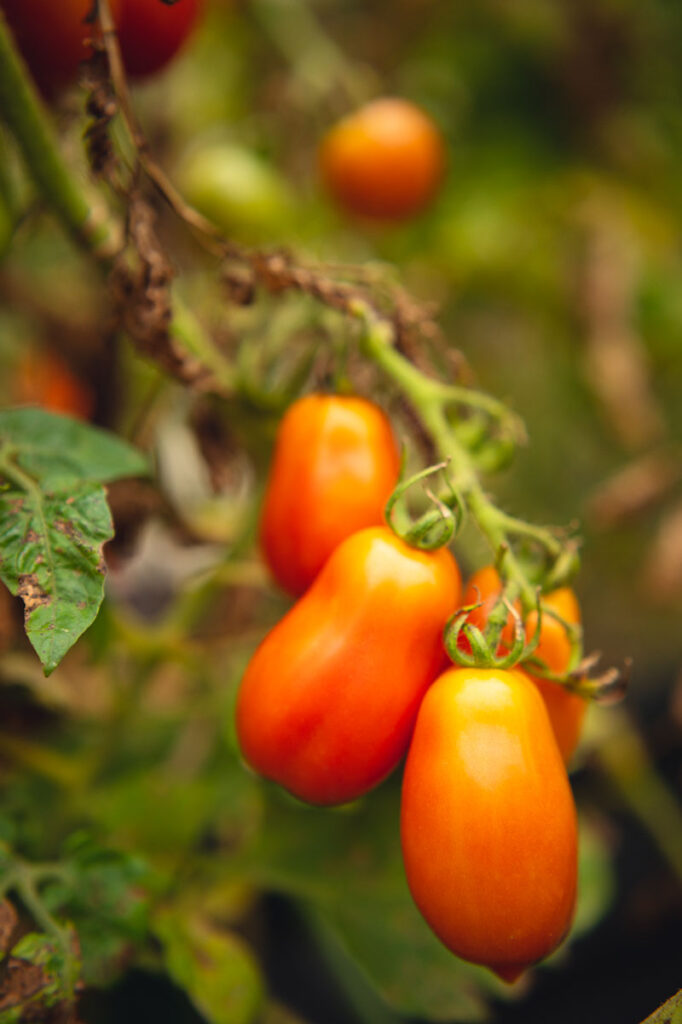
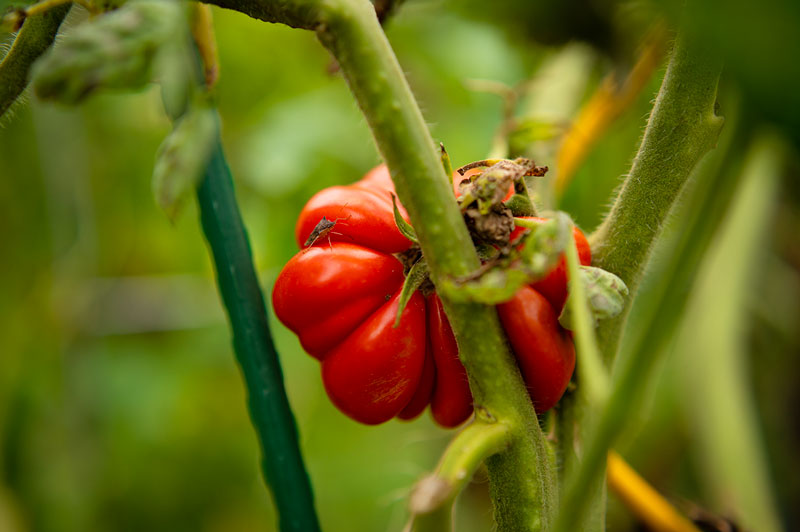
Mushroom Basket
This tomato was much larger than I expected it to be. Really impressive size on this one! (affiliate link) I mixed them with my Romas and everything else I grew tomato wise when I made my tomato sauce. They are quite meaty!
Costoluto Genovese Pomodoro
And now to my all time favorite! This heirloom is a very old Italian variety, and appears in Renaissance paintings! I found them to be absolutely delicious, and I ate one or two every night as dinner in the form of tomato sandwiches for about 6 weeks! Genovese make amazing (affiliate link) tomato sandwiches!! I already miss them! I grew them in a couple of different locations, and the one receiving more sun did better. But even in partial afternoon shade, these tomato plants produced a ton of fruit.
🍅
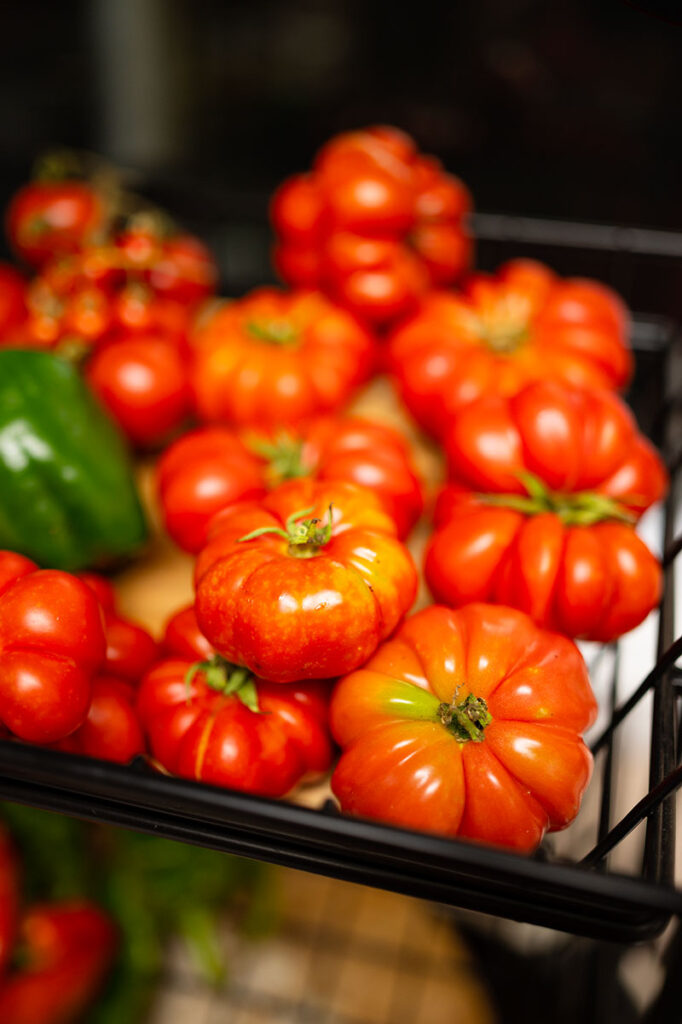
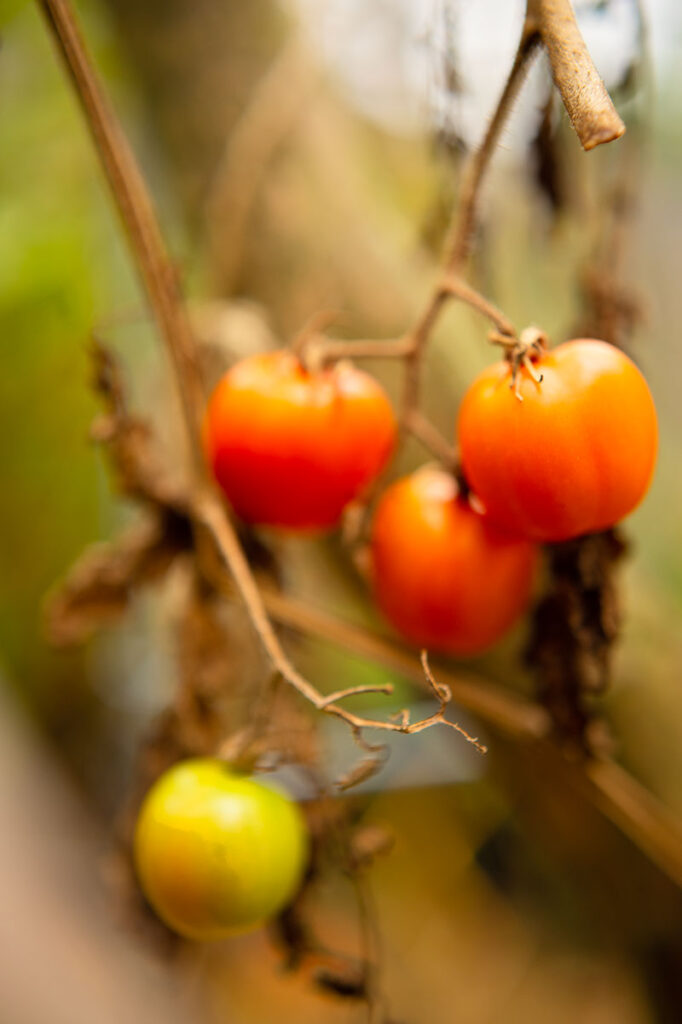
Cherry Tomato
If you’re new to growing tomatoes, or gardening in general, then I highly recommend starting out with a couple of cherry tomato plants (affiliate link) in your summer vegetable garden. They produce prolifically and they are very forgiving. This picture is from mid August following the dog days of summer, and it was punishing this year. I lost a few branches on different plants, but you can see the tomatoes just continued to ripen anyway!
🍅
Tomato varieties come in all sorts of shapes and sizes and colors. Not to mention different flavors! Don’t be afraid to try something a little bit different and maybe outside of your comfort zone. Once you start researching Heirloom plants, you are sure to find a few things to spark your imagination.
Heirloom tomatoes are the glittering gems of the summer garden.
Don’t forget the importance of flowers in your summer vegetable garden.
Flowers attract necessary pollinators to the garden as well as provide a source of color and whimsy. Certain varieties can also be collected as cut flowers to enjoy indoors as well.
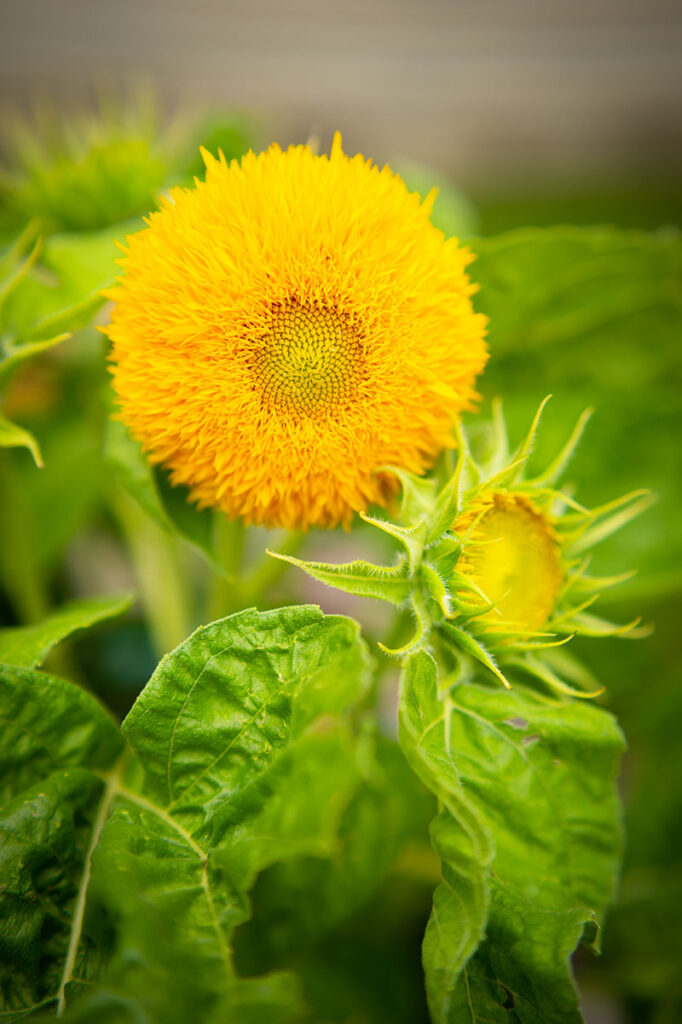
Teddy Bear Sunflowers
There are about as many varieties of sunflowers as there are tomatoes!! This one is called a Teddybear Sunflower (affiliate link) and I absolutely loved it. It’s small, only about 2 feet tall, and it’s covered with feather like heads when it blooms.
I’ve recommended Survival Garden Seeds several times in this post, and I used their seeds for growing the Teddy Bear sunflowers as well. They have excellent germination and they provide great care as well as seed saving instructions on each packet.
Flowers are important in the garden to attract the necessary pollinators needed to spark fruit growth on all those green summer vines.
Mammoth Sunflowers
At the opposite end of the spectrum we have Mammoth Sunflowers which reach soaring heights over 10 feet. They provide an excellent food source for birds, in particular Gold Finches, as well humans. Mammoth Sunflower seeds (affiliate link) may be roasted and enjoyed throughout the winter. They require full, blazing summer sunshine to reach full size, so I was excited to see them reach their full potential at my community garden allotment.
🌻
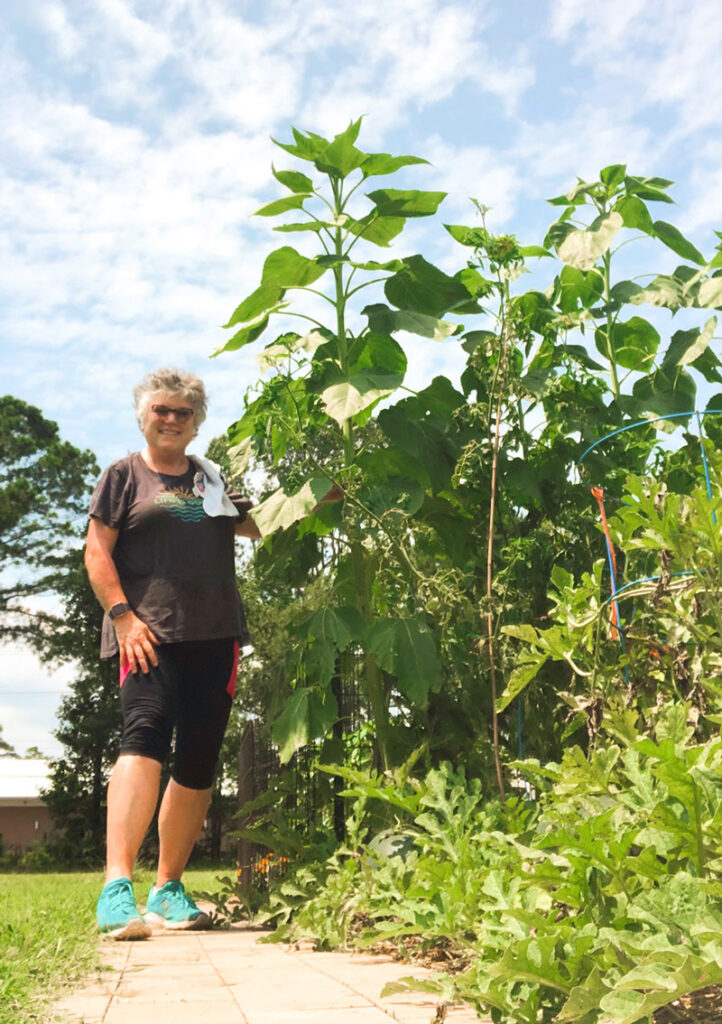
No summer garden is complete without Zinnias
Zinnias are basically summer in a flower. They are easy to grow, come in tons of colors, and attract pollinators. They also look lovely as cut flowers in arrangements throughout the home. Sprinkle Zinnia flowers (affiliate link) all around your growing areas for a beautiful and successful summer garden.
🌼
Let’s address some commonly asked questions regarding a summer vegetable garden!
- What are the best vegetables to plant in summer? The best way to figure this out is to carefully review the seed packet as it will tell you the appropriate time and temperatures for starting your seeds. Follow the instructions carefully. There are 10 growing zones, so know what your grow zone is. Mine is zone 8a. Just some of the things you can grow in a hot summer season are cucumbers, tomatoes, peppers, squashes, green beans, sweet potatoes, okra and melons among other things.
- What are the easiest vegetables to grow in the summer? Let me just say that ALL crops have their own unique challenges. But if I had to pick something for beginners I would suggest cucumbers, cherry tomatoes, herbs, zucchini squash and sunflowers. Make sure you have full sun for 10 hours a day in summer and keep everything appropriately watered and fertilized. Learn about common pest and disease pressure that will eventually show up on your plants and be ready to take care of the situation. Decide if you want the high touch, high maintenance organic garden or if you will use pesticide. I personally go all organic, but it’s time consuming. So understand what you’re getting yourself into.
- What vegetables don’t like heat? This is an excellent question because some plants prefer cool weather as opposed to a steamy, hot July. Some examples of cool weather crops are broccoli, kohlrabi, cabbages, brussels sprouts, carrots, radishes, kale, and Swiss chard. Also spinach and lettuces prefer cooler weather.
- How do you grow a vegetable garden in 100 degree weather? Just because summer crops are largely tropical plants, it doesn’t mean they love to bake day in and day out in 100°F heat. When the dog days of summer start kicking in, you should make sure your plants are well watered early in the day. Believe it or not, a shade cloth helps tremendously (affiliate link) and can reduce temperatures by 10 degrees or more! It also keeps rain off the leaves which helps guard against disease on tomatoes and cucumbers that show up in the wet, humid days of July. Be sure you use a heavy layer of mulch in your garden beds. It will keep the roots cooler, help the soil to hold onto moisture in the heat of the day and keep too much soil splashing back up onto leaves.
How my kitchen looked from June to early September.
Some of the peppers I grew in my summer vegetable garden

California Wonder
One of my favorite things in the whole world are plump, red sweet peppers. The variety of sweet pepper called California Wonder (affiliate link) yields a beautiful fruit. They start green and turn red over time. You can still enjoy sweet peppers when they’re green, but if you’re patient, they turn a gorgeous shade of red, and the flavor mellows.
A note about growing peppers is that they grow VERY SLOWLY. It can take all summer and into fall before peppers really take off, so seed start them indoors early.
Marconi Peppers
I had never seen or eaten this variety of sweet pepper until I grew them myself. This harvest came from seeds I’d saved the year before, so it was amazing to harvest fruit started from seeds I collected the prior fall. Now Marconi Peppers are my favorite (affiliate link) for salads or using in summer recipes like delicious (and actually easy to make) refrigerator pickles.
🫑
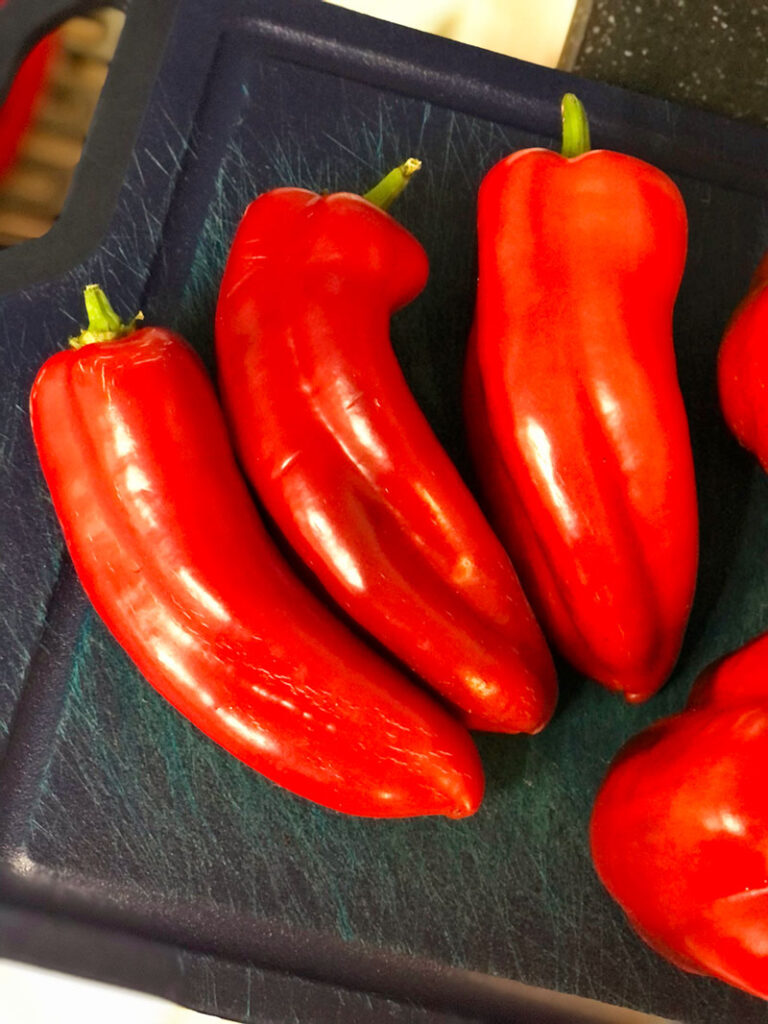
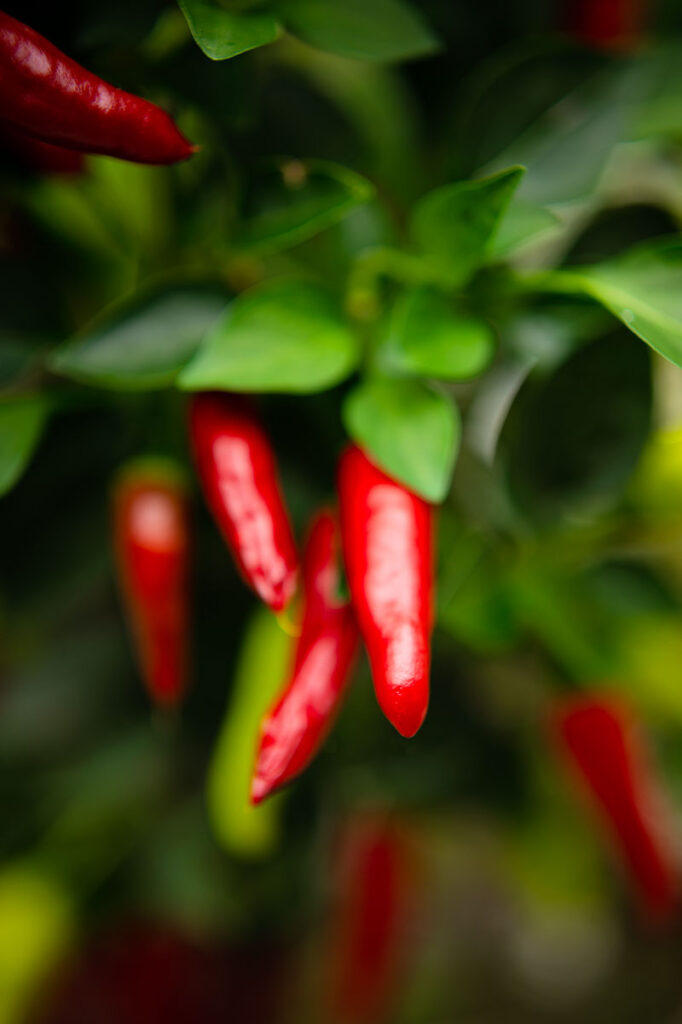
Hot Chili Peppers
About 20 years I was in a crazy club called “The Hot Pepper Lovers Club.” Talk about a wild bunch. LOL But I got away from all the hot food as I’ve gotten older so this was my first time growing hot peppers. (affiliate link) Now I’m hooked. They make a beautiful plant and you can grow successfully in a medium pot on your patio. They get quite large if given the space.
I dried mine to save and use as my own red pepper flakes to use in cooking. It looks super pretty in mason jars and it’s delicious topped on homemade pizzas.
🌶️
To finish off our look at peppers, here are a couple of mine in their earlier stages.
- Marconi Pepper
- Baby Bell Pepper
Final thoughts on growing a summer garden
I sincerely hope this provides you with some ideas and resources for planning your next warm season garden. It takes time to learn how to care for plants, so don’t be too hard on yourself if things fall short of dreams. Learn from your short comings or mistakes. Even though I’ve been doing this for a couple of decades, every year I still learn something new. In the course of this post, I shared several affiliate links. This is to provide you with an easy way to obtain seeds if you find something you really like. I have had GREAT success using Survival Garden Seeds. (affiliate link) Truly they have fantastic germination rates and the seed packets provide not only thorough growing instructions, but also instructions on how to properly save seeds for the next season.
While heirloom seeds are a little more expensive to buy, once you start growing and have successful harvests, you can save seeds from your best fruit and veggies and continue to grow and seed save them forever. Save more than you need. Seeds can be shared with others. Or if there is a bad year and you lose everything, you still have seeds for the following year.
How to preserve summer garden abundance
People ask me what I do with my harvest all the time. And they are literally shocked when I tell them I grow it all for us to consume. They automatically assume I’m giving away all my home grown, organic, heirloom produce. 🤯 I don’t know why people think it’s appropriate to give away all your hard work and investment. Honest to goodness, this is not an inexpensive hobby. You want to build your garden over time.
Whatever we can’t eat right away, I preserve for later. Canned goods last for a couple of years on the shelf and dehydrated and frozen produce is fantastic to incorporate into your cooking. I threw out very little, and I only gave away a few tomatoes and cucumbers. Everything else I canned or dehydrated or froze. It’s a completely different lifestyle to grow and practice several methods of preservation, but now that I’m doing it, I’m hooked.
A note on budgeting and preparedness
I invite you to step outside of your comfort zone and grow your own summer garden. It’s fall here as I write this story, and it’s not too early to start planning for next season! I maintain a well stocked pantry, because I live in a storm zone and we have gone a couple of weeks without power and dealing with stores being out of food.
Also after 2020, I can’t believe anyone is still not stocked up. We never did without anything, and while other people were scrambling for toilet paper and yeast or bread, I never ran out of or wanted for anything. Being prepared doesn’t mean you’re some lunatic doomsday prepper. ☠️ It means you’re secure. This summer we ate fresh food every day from the garden mixed with pantry staples like beans and rice or fresh ravioli stored away in the freezer. My grocery bill is down around $300 a month and that’s because we eat so much from what I produce, and what I stored away at significantly less cost.
So what are YOU waiting for!! Let’s get GROWING!

Hi! I’m Pattymac
Sewist, baker, gardener extraordinaire





